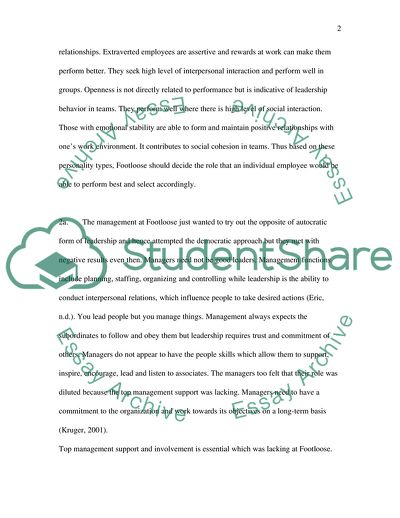Cite this document
(The Big Five of Personality and Work Involvement Assignment, n.d.)
The Big Five of Personality and Work Involvement Assignment. https://studentshare.org/human-resources/1719367-organisation-and-behaviour-management
The Big Five of Personality and Work Involvement Assignment. https://studentshare.org/human-resources/1719367-organisation-and-behaviour-management
(The Big Five of Personality and Work Involvement Assignment)
The Big Five of Personality and Work Involvement Assignment. https://studentshare.org/human-resources/1719367-organisation-and-behaviour-management.
The Big Five of Personality and Work Involvement Assignment. https://studentshare.org/human-resources/1719367-organisation-and-behaviour-management.
“The Big Five of Personality and Work Involvement Assignment”. https://studentshare.org/human-resources/1719367-organisation-and-behaviour-management.


